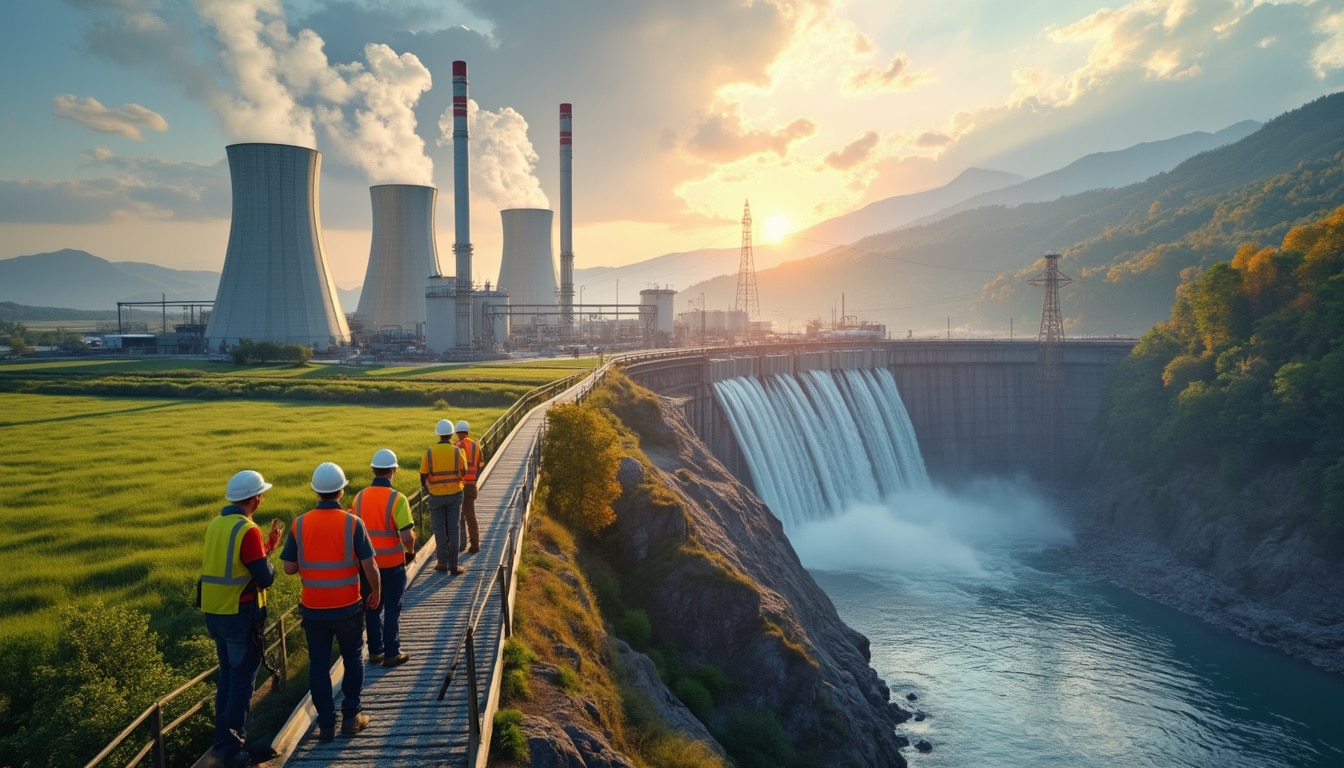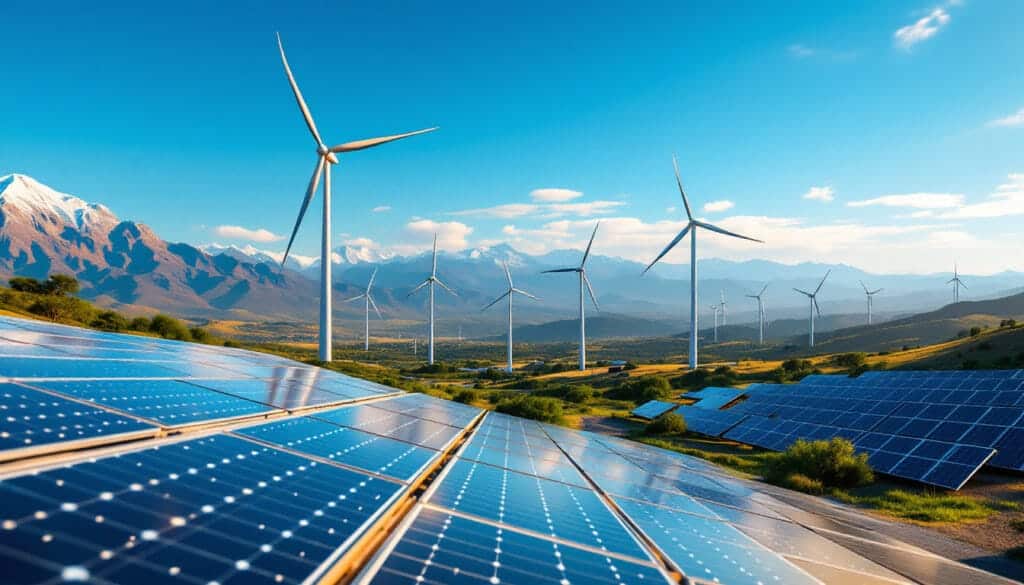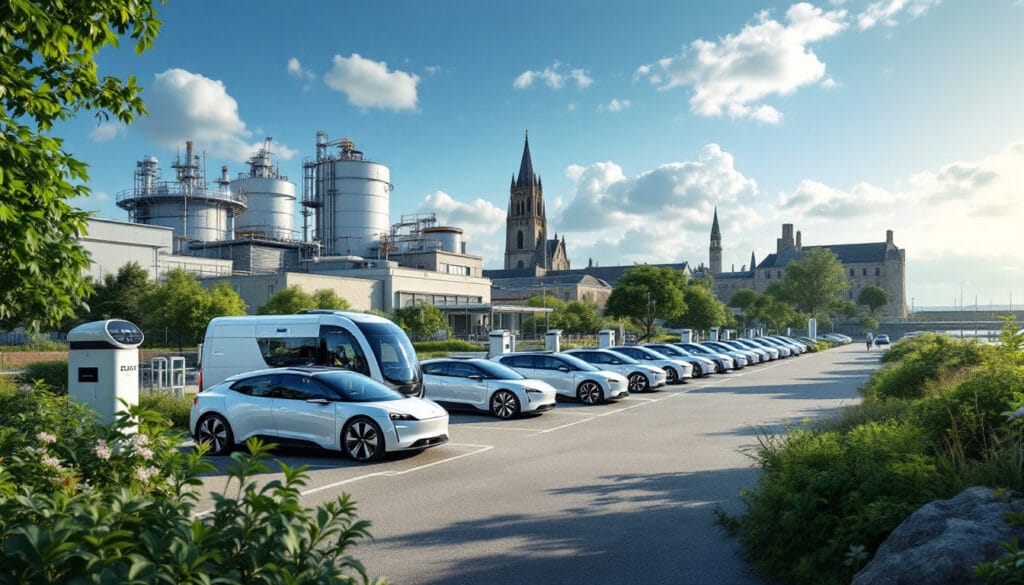Diving into the heart of the hexagonal energy bubble, France reveals a complex mix dominated by nuclear energy, a cornerstone representing 63% of electricity production. Alongside it, gas, though subject to market fluctuations, plays a crucial role, while the benevolent shadow of dams supplies the country with hydroelectricity. This ensemble, complemented by notable efforts towards sobriety and renewable energies, paves the way for a constantly evolving energy landscape.
In France, nuclear energy plays a dominant role in the energy mix, accounting for 63% of the country’s electricity production in 2022. Renewable energies, such as hydropower and wind power, follow with 11% and 9% of production, respectively. Natural gas also occupies an important place with 10% of the generated electrical energy.
To meet energy demand, especially in winter, it is crucial to follow energy sobriety strategies. Efforts include the rigorous management of gas stocks, which reached 95% of capacity in October 2024. Continuous gas imports via pipelines are also essential to ensure uninterrupted supply.
The production of biomethane in France is expanding rapidly, contributing to 2% of winter consumption in 2023-2024. Despite seasonal fluctuations, these combined efforts help maintain energy stability and participate in energy solidarity with European countries.

Table des matières
ToggleNuclear in France: a prominent energy source
Nuclear energy has always held a central place in the French energy landscape. In 2022, this energy accounted for 63% of the nation’s electricity production. This significant dominance highlights France’s commitment to pursuing this technology, despite various debates on its environmental implications and different plans for nuclear disarmament.
Analyzing the availability of the nuclear fleet is crucial to understanding its reliability. During the last two weeks of 2024, increases in unavailable units were noted. This underscores the importance of planned maintenance and managing peak periods such as holidays. The analysis of these electoral fluctuations highlights France’s continued adherence despite operational challenges. View more information about nuclear energy in France.
Gas: a dynamic and evolving energy pillar
Gas in France represents a vital source, meeting 15% of primary consumption according to key energy figures from 2021. Maintaining imports via Norway, the Netherlands, and Spain, coupled with the use of LNG terminals, plays a crucial role in ensuring the stable supply of this energy. Additionally, industrial efficiency is encouraged to conserve this precious resource, particularly by maximizing the use of stocks which, in October 2024, were filled to 95% of their capacity.
Hydropower: Renewable energy on the rise
Hydropower accounted for 11% of national electricity production in 2022. It is a key player in the transition to greener energies, strengthening the energy mix in a sustainably efficient manner. This increased dependence on natural resources raises questions about the balance between energy needs and the preservation of aquatic ecosystems. The challenge lies in optimizing each kilowatt-hour to align with the growth of renewable energies without compromising existing infrastructures. To learn more about renewable energies in France.





